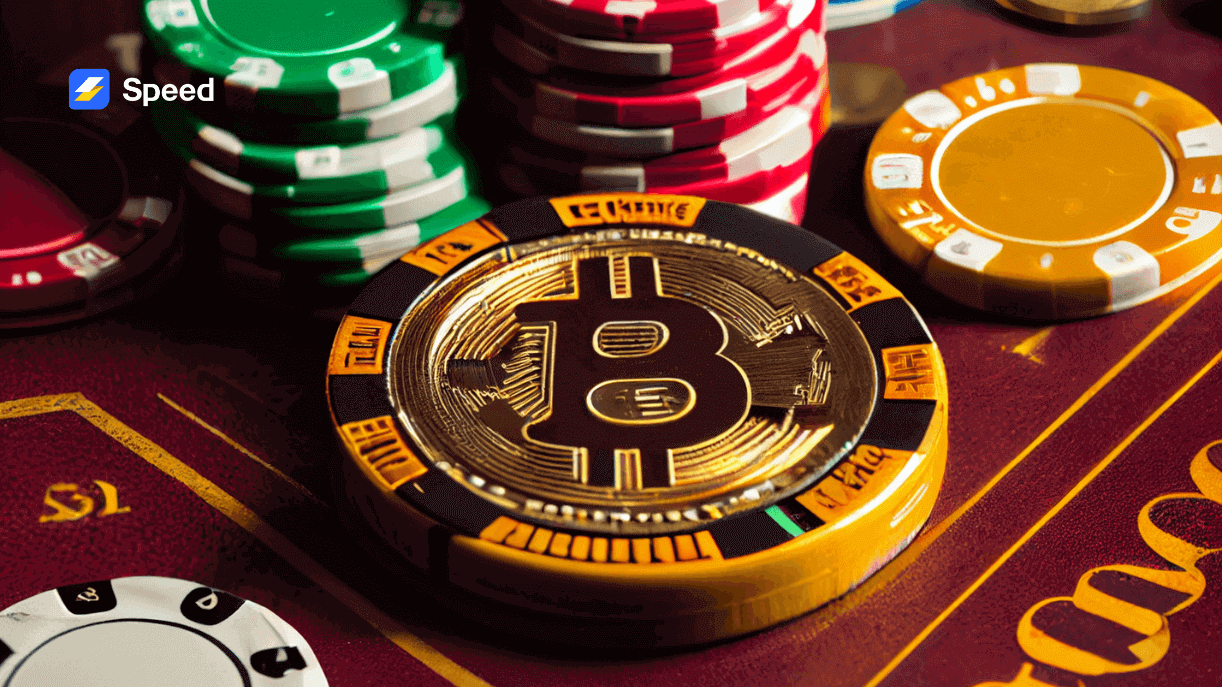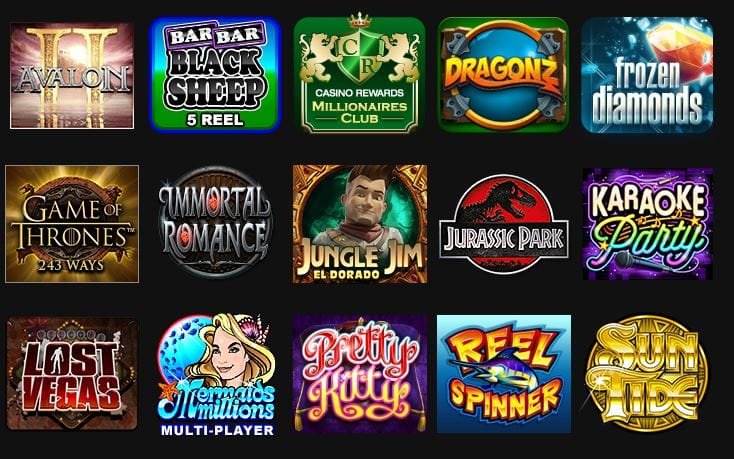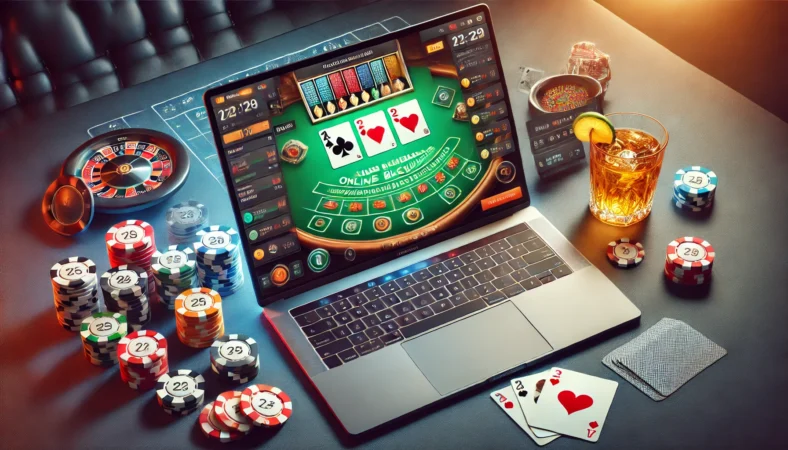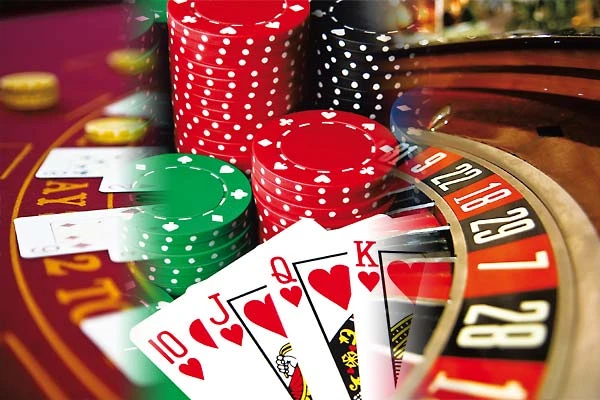Cryptocurrency Gambling Trends – As the digital age continues to evolve, so does the world of online gambling. One of the most groundbreaking shifts in recent years has been the rise of cryptocurrency gambling, which has introduced new possibilities for players and operators alike.
Cryptocurrencies like Bitcoin, Ethereum, and Litecoin have opened the door to decentralized gambling platforms, offering more privacy, faster transactions, and even new ways to engage with games. In this guide, we will explore the latest cryptocurrency gambling trends, delve into the future of blockchain-based gaming, and examine the opportunities and challenges that come with this rapidly evolving space.

The Rise of Cryptocurrency Gambling Trends
The convergence of cryptocurrencies and online gambling is transforming the landscape of digital casinos and sportsbooks. Cryptocurrency gambling allows players to use digital currencies to place bets, play casino games, and even engage in peer-to-peer gambling without relying on traditional fiat currency. This trend has experienced tremendous growth, with more online casinos and betting platforms embracing cryptocurrencies to appeal to a new generation of gamblers.
Several factors have fueled the rise of cryptocurrency gambling:
- Anonymity and Privacy: Cryptocurrencies provide an additional layer of privacy, as transactions are often more difficult to trace compared to traditional payment methods like credit cards or bank transfers.
- Faster Transactions: Blockchain technology enables quicker deposits and withdrawals, removing the long processing times typically associated with bank transfers or e-wallets.
- Global Accessibility: With cryptocurrency, players from all over the world can participate in online gambling without worrying about currency exchange rates or geo-restrictions.
- Lower Transaction Fees: Cryptocurrency transactions typically come with lower fees compared to traditional payment methods, making it more cost-effective for both players and operators.
2. Key Cryptocurrency Gambling Trends to Watch
As cryptocurrency adoption continues to grow in the gambling industry, several key trends have emerged that are reshaping the way we experience online gaming. Here’s a look at the most significant cryptocurrency gambling trends currently shaping the space:
1. The Popularity of Bitcoin Casinos
Bitcoin, the first and most widely recognized cryptocurrency, is at the forefront of this revolution. Bitcoin casinos have been around for several years now, but in recent times, their popularity has skyrocketed. Bitcoin’s decentralized nature and high liquidity make it an ideal payment option for online gambling.
- Provably Fair Games: One of the major advantages of Bitcoin casinos is the ability to offer provably fair games, a system that allows players to verify the fairness of each game round. This ensures transparency and builds trust between operators and players.
- Increased Security: Bitcoin casinos are also tapping into blockchain technology’s security features, offering encrypted transactions and decentralized wallets to protect players’ funds.
2. Ethereum and Smart Contracts for Decentralized Gambling
Ethereum has expanded the possibilities of cryptocurrency gambling with its powerful smart contract capabilities. Smart contracts are self-executing contracts with the terms of the agreement directly written into code, making transactions faster, more transparent, and less prone to human error.
- Decentralized Apps (dApps): Ethereum has given rise to decentralized applications (dApps), which allow for peer-to-peer gambling without intermediaries. This removes the need for traditional casinos or betting platforms, enabling players to interact directly with each other in a secure and trustless environment.
- Trustless Gambling: With smart contracts, players can be sure that the game is fair and that funds will be automatically transferred based on the outcome. This has opened the door for a new wave of decentralized casino games, lotteries, and sports betting platforms.
3. The Emergence of New Altcoins in Gambling
While Bitcoin and Ethereum dominate the cryptocurrency gambling market, altcoins are gaining traction, especially within niche markets. Cryptocurrencies like Litecoin, Ripple (XRP), and Dogecoin are becoming increasingly popular for online betting due to their faster transaction speeds and lower fees.
- Litecoin: Known for its faster transaction times and low fees, Litecoin is becoming a popular alternative to Bitcoin in the gambling industry. Many online casinos are now accepting Litecoin alongside Bitcoin.
- Dogecoin: Originally created as a meme, Dogecoin has gained a loyal following. Its low transaction fees and widespread popularity in online communities have made it a popular choice for casual gamblers and crypto enthusiasts alike.
4. Blockchain-Based Casinos and Decentralized Finance (DeFi)
Blockchain-based casinos are changing the game by offering players fully decentralized platforms with no central authority. These casinos are powered by blockchain technology, where all games, transactions, and player interactions are recorded on the blockchain.
- No House Edge: Many blockchain casinos offer no house edge games, meaning the player has a fairer chance of winning since the game’s outcomes are not controlled by a central operator.
- DeFi Gambling: Decentralized Finance (DeFi) platforms are expanding into gambling, allowing players to stake their cryptocurrency and earn rewards through liquidity pools or tokenized assets. DeFi gambling platforms also enable peer-to-peer betting with instant payouts and higher rewards.
3. Advantages of Cryptocurrency Gambling
The rise of cryptocurrency in online gambling offers several key advantages over traditional methods. Here’s a closer look at the benefits of cryptocurrency gambling:
1. Enhanced Privacy and Security
Cryptocurrency transactions are often more secure and private compared to conventional payment methods. Players can gamble without revealing sensitive personal information, providing peace of mind for those who value discretion.
2. Lower Fees and Faster Transactions
Cryptocurrency transactions generally have lower processing fees compared to traditional payment systems, and funds are transferred almost instantly. This makes depositing and withdrawing funds quicker and cheaper, enhancing the overall gambling experience.
3. Global Access
Cryptocurrencies break down geographical barriers, making gambling accessible to players worldwide. Cryptocurrency casinos allow players to bypass restrictions imposed by local regulations or financial institutions, opening up new markets for gambling operators.
4. Transparency and Fairness
Blockchain technology allows for transparency in gaming, where players can verify the fairness of games and the accuracy of results. This is especially true with provably fair games, where players can audit each round to ensure that the outcomes haven’t been manipulated.
4. Challenges of Cryptocurrency Gambling
While the growth of cryptocurrency gambling has been impressive, the industry still faces several challenges that need to be addressed for wider adoption.
1. Regulatory Uncertainty
Cryptocurrency gambling operates in a regulatory grey area in many parts of the world. Many jurisdictions have not yet established clear rules for the use of cryptocurrencies in gambling, which can make players hesitant to participate.
2. Volatility of Cryptocurrencies
Cryptocurrencies are highly volatile, which can lead to significant fluctuations in the value of a player’s funds. This volatility can make gambling with cryptocurrencies risky, especially for players who are not familiar with the market.
3. Limited Acceptance
While the number of crypto-friendly casinos is growing, there are still many gambling platforms that do not accept cryptocurrencies. Players looking to use crypto may find themselves limited to specific casinos that offer these payment methods.
5. The Future of Cryptocurrency Gambling
The future of cryptocurrency gambling looks incredibly promising as technology continues to evolve. Here are some potential trends to watch out for:
1. Mass Adoption of Cryptocurrencies
As cryptocurrencies become more mainstream, we can expect to see more online gambling platforms adopting digital currencies. The shift from fiat currencies to crypto will provide players with faster, safer, and more accessible gambling options.
2. Integration of NFTs and Gambling
The use of Non-Fungible Tokens (NFTs) in gambling is on the horizon. NFTs could be used to represent unique in-game assets, collectibles, or even rewards in casinos, adding a new layer of excitement and interactivity to the gambling experience.
3. Gamification and Play-to-Earn Models
The rise of play-to-earn gaming models, where players earn cryptocurrency rewards by participating in games, is another exciting trend in the gambling industry. Cryptocurrency casinos may start incorporating gamification elements, where players can earn digital assets for completing challenges or participating in special events.
Conclusion
Cryptocurrency gambling is quickly transforming the online gambling landscape, offering players new opportunities for secure, fast, and private gaming. With the rise of blockchain technology, smart contracts, and DeFi platforms, the future of gambling is increasingly tied to digital currencies. While challenges like regulatory uncertainty and volatility remain, the potential benefits of cryptocurrency in the gambling industry are undeniable. As the sector continues to grow, players and operators alike can look forward to an exciting and innovative future in the world of cryptocurrency gambling.











